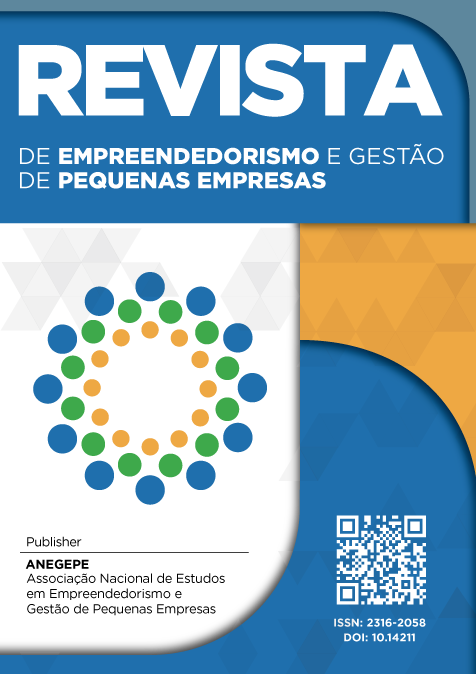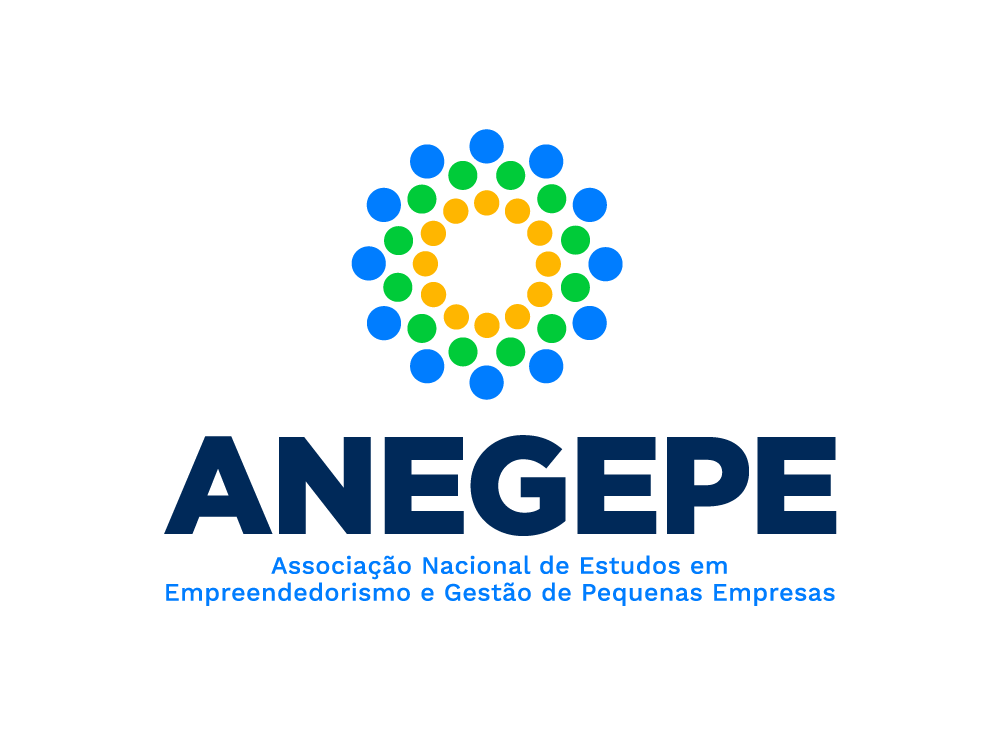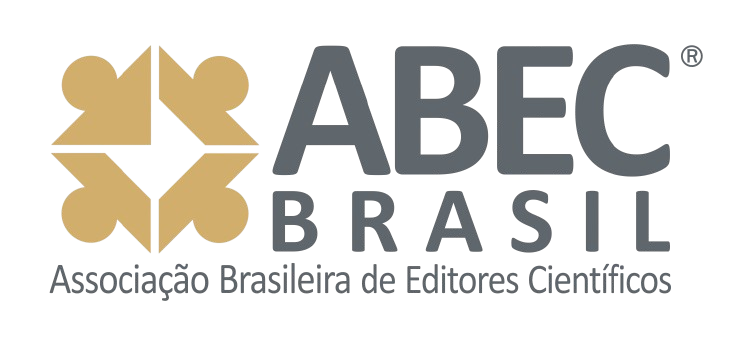MODELO TRIPLE HELIX COMO ESTRATÉGIA DE GESTÃO DE CUSTOS EM INOVAÇÃO EM REDES DE MPE´S
DOI:
10.14211/regepe.v2i3.94Keywords:
Estratégia. Inovação. Rede de MPEs. Gestão de custos. Triple Helix.Abstract
A inovação, como diferencial competitivo, começou a fazer parte do repertório das organizações, com maior ênfase, nas últimas décadas do século passado, apesar de ter sido apontado já no início do século, como aspecto relevante, para a gestão organizacional. No entanto, com cada vez maior número de organizações investindo em inovação e com a aceleração do ritmo do desenvolvimento científico e tecnológico, os custos de inovação cresceram de tal forma, que se tornaram inacessíveis para as empresas de micro e pequeno porte. Ao mesmo tempo, percebe-se que as instituições de ensino, da maioria dos países, tem recebido investimentos de vulto para a organização de sua estrutura laboratorial e promovido a capacitação de técnicos especializados. Desta forma constatou-se a situação de alocação ineficiente de recursos para a pesquisa e desenvolvimento, com as instituições de ensino e pesquisa, dedicadas à pesquisa científica, descolada da realidade empresarial, e de outro lado, as empresas, enfrentando custos crescentes para inovar e se manterem competitivas no mercado. Com o intuito de solucionar o impasse, foi concebido, no final dos anos sessenta, o modelo Triple Helix, por meio do qual é promovida a interação entre o meio acadêmico e empresarial, gerindo os custos de inovação de forma mais eficiente. A importância deste modelo se percebe com maior destaque no caso de MPE´s - empresas de micro e pequeno porte. O presentre artigo relata o caso de rede de pequenas empresas que reduziram os custos de P&D por meio do referido modelo.Downloads
Downloads
Published
Métricas
Visualizações do artigo: 4166 PDF (Português (Brasil)) downloads: 1591
How to Cite
Issue
Section
License
Authors who publish in this journal agree to the following terms:
-
The author(s) authorize the publication of the text in the journal;
-
The journal is not responsible for the opinions, ideas, and concepts expressed in the texts, as they are the sole responsibility of their authors;
-
Authors retain copyright and grant the journal the right of first publication, with the work published under the CC BY 4.0
License, which allows sharing the work with acknowledgment of authorship and initial publication in this journal;
-
Authors are allowed and encouraged to post their work (Submitted version, Accepted version [Manuscript accepted by the author], or Published version [Record version]) online, for example in institutional repositories or preprints, as it can lead to productive exchanges as well as earlier and greater citation of published work. REGEPE requires that authors indicate/link the published article with DOI. See the Effect of Open Access.















